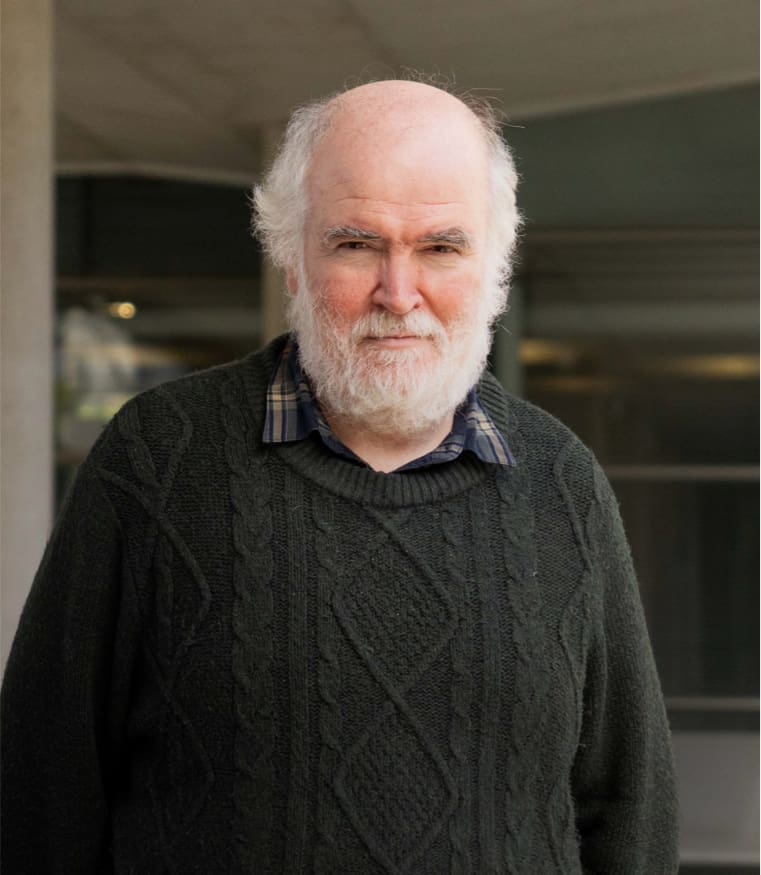Two Copper-Carbenes from One Diazo Compound
Many transition-metal complexes MLn decompose diazo compounds N2═CR1R2 generating metal-carbenes LnM═CR1R2 which transfer the carbene group to other substrates, constituting an important tool in organic synthesis. All previous reports have shown that the CR1R2 fragment at the metal-carbene remains intact from the parent diazo compound. Herein we report the detection and isolation of a monosubstituted copper carbene where the CR1R2 ligand has undergone a modification from the initial diazo reagent. When TpMsCu(THF) (TpMs = hydrotris(3-mesityl)pyrazolylborate ligand) was reacted with N,N-diethyl diazoacetamide [N2═C(H)(CONEt2)], the stable copper carbene TpMsCu═C(H)(NEt2) was isolated, resulting from a decarbonylation process, with carbon monoxide being trapped as TpMsCu(CO). The simultaneous observation of products derived from the intramolecular carbene insertion reaction into C–H bonds demonstrates that the expected TpMsCu═C(H)(CONEt2) complex is also formed. Experimental data, DFT calculations, and microkinetic models allow us to propose that the latter undergoes CO loss en route to the former.

Álvarez, M.; Besora, M.; Molina, F.; Maseras, F.; Belderrain, T. R.; Pérez, P. J.
J. Am. Chem. Soc. 2021, 143 (12), 4837–4843
DOI:
10.1021/jacs.1c01483

Let's create a brighter future
Join our team to work with renowned researchers, tackle groundbreaking
projects and contribute to meaningful scientific advancements




















